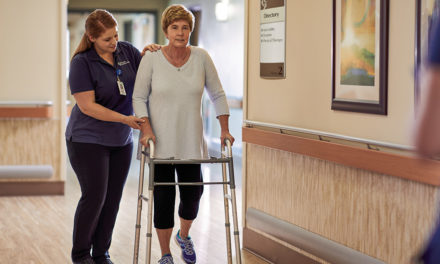Suffering from achy legs? Then you may already know it could be PAD, or peripheral artery disease.
PAD is a vascular condition when narrowed or blocked blood vessels reduce blood flow to limbs and other lower extremities. This is often characterized by persistent pain in the arms, legs, or buttocks.
How can a patient find out if achy legs are part of the pain of getting older, or if it’s signaling PAD? Dr. Anain, Catholic Health’s Chair of Vascular Surgery, weighs in:
“A patient’s primary care doctor can assess the patient’s pulses in their feet, but arterial doppler testing is the best screening tool for peripheral arterial disease (PAD). The testing should be performed by credentialed vascular labs that offer arterial testing (to check the arteries) and venous testing (to check the veins in the legs).
If the primary care doctor has a concern for vascular disease, the patient should be evaluated by a vascular provider. Vascular specialists will be able to order the appropriate tests from there to assess their vascular health.”
What Should I Do If My Leg Pain Persists?
- Talk to your primary care doctor. Your primary care provider can measure the blood pressure in your arms and legs, to determine if you are getting adequate blood flow to your limbs.
- Make an appointment at a vascular lab. As Dr. Anain suggests, doppler testing is the gold standard for evaluating PAD risk.
- Don’t ignore your symptoms. Yes, in some cases, those aches and pains are just a sign of aging. But chronic leg pain (or just achy legs) are a common symptom of PAD.
Find a Vascular Specialist Near You
Call (716) 706-2113
Find a Vascular Specialist Near You
Call (716) 706-2113





